You could say HR is going “agile lite,” applying the general principles without adopting all the tools and protocols from the tech world. It’s a move away from a rules- and planning-based approach toward a simpler and faster model driven by feedback from participants. This new paradigm has really taken off in the area of performance management. (In a 2017 Deloitte survey, 79% of global executives rated agile performance management as a high organizational priority.) But other HR processes are starting to change too.
In many companies that’s happening gradually, almost organically, as a spillover from IT, where more than 90% of organizations already use agile practices. At the Bank of Montreal (BMO), for example, the shift began as tech employees joined cross-functional product-development teams to make the bank more customer focused. The business side has learned agile principles from IT colleagues, and IT has learned about customer needs from the business. One result is that BMO now thinks about performance management in terms of teams, not just individuals. Elsewhere the move to agile HR has been faster and more deliberate. GE is a prime example. Seen for many years as a paragon of management through control systems, it switched to FastWorks, a lean approach that cuts back on top-down financial controls and empowers teams to manage projects as needs evolve.
Via
The Learning Factor






 Your new post is loading...
Your new post is loading...



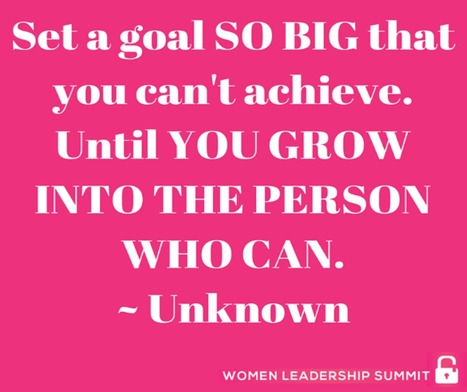
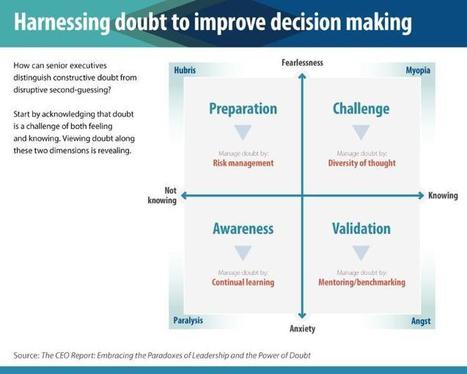


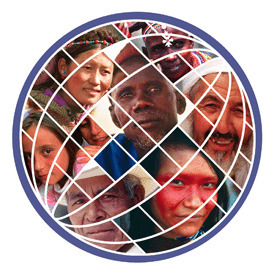
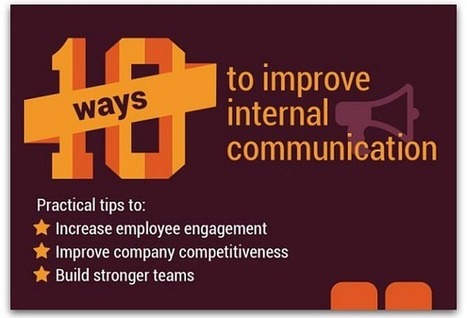











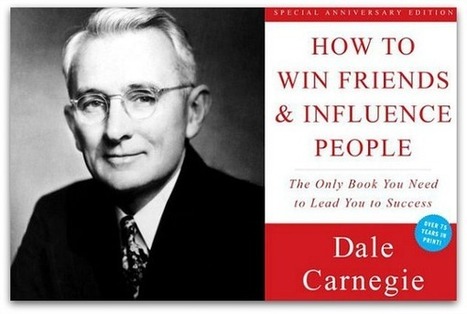











Over time, this becomes our routine, our default reaction, and we fail to stop and reflect on what we’re doing. To make it even more difficult, many of us don’t have the luxury of someone being accountable for us (who does?), helping us recognize our mistakes and their repercussions.
Know yourself before you lead others. Understand why you respond as you do and its affect on others. Honesty about yourself can be hard but in the end it is worth it
Emotional intelligence and effective leadership are unattainable without self-awareness.